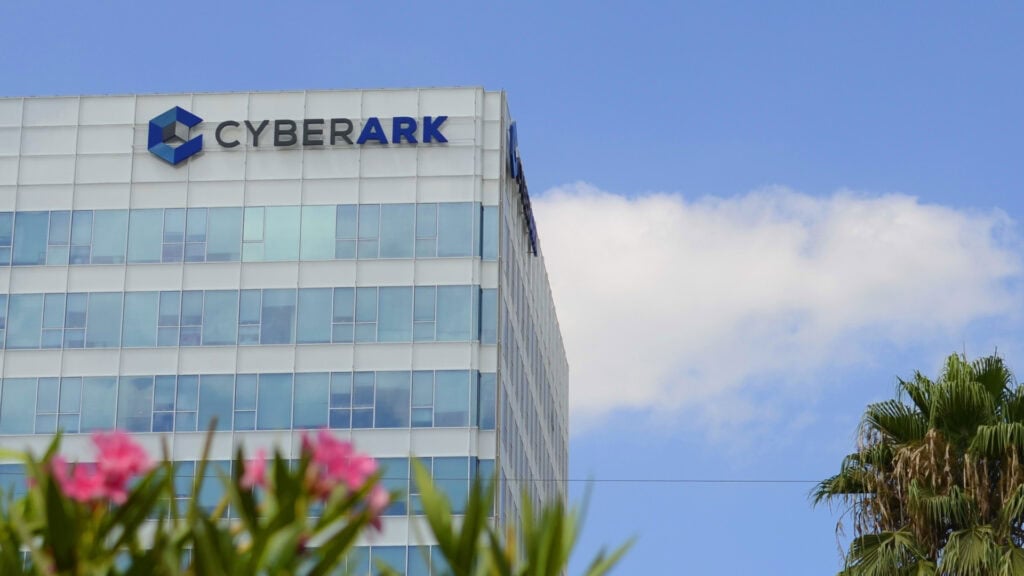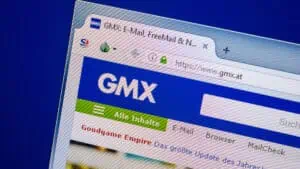The cybersecurity industry is on the verge of another mega-deal: Palo Alto Networks is negotiating the acquisition of CyberArk Software for more than 20 billion US dollars.
The deal could go through as early as this week, reports the Wall Street Journal, citing people familiar with the matter.
Strategic move in the PAM segment
The acquisition would enable Palo Alto Networks to remedy its weakness in Privileged Access Management (PAM) and better position itself against competitors. CyberArk is regarded as one of the market leaders in the PAM sector and protects the infrastructures of over 8,000 companies worldwide.
The potential deal is one in a series of mega takeovers in the cybersecurity sector. Just a few months ago, Google announced the 32 billion dollar acquisition of Wiz.
Focus on technical synergies
The combination of Palo Alto Networks’ next-generation firewall technology and CyberArk’s PAM solutions could result in one of the most comprehensive security platforms on the market. Especially in the zero trust environment, where granular access control is crucial, the merged company would have a strong position.
CyberArk CEO Udi Mokady recently underlined his company’s AI ambitions and announced a new platform for machine learning in threat detection.
With a current market capitalization of 19.3 billion dollars, CyberArk would be one of the most expensive security acquisitions in the history of the industry. It would also be Palo Alto’s largest acquisition to date. However, both companies have so far remained silent.
Platform wars intensify
The takeover would further fuel the already intense “platform wars” in the cybersecurity industry. Companies increasingly prefer integrated solutions from one provider rather than best-of-breed approaches with multiple vendors. With the CyberArk deal, Palo Alto Networks could realize its ambition to become the leading cybersecurity platform.
For IT departments, this could mean both advantages and disadvantages: Less complexity and better integration on the one hand, potential vendor lock-in effects on the other.
















